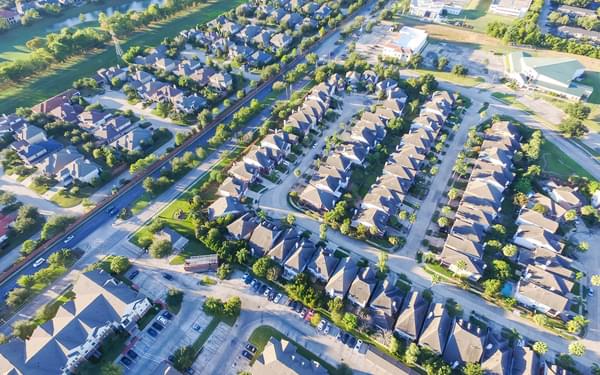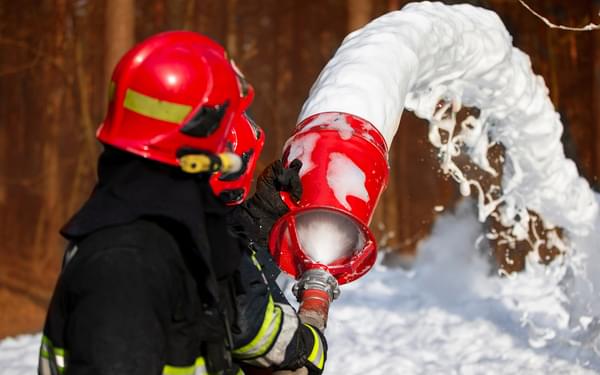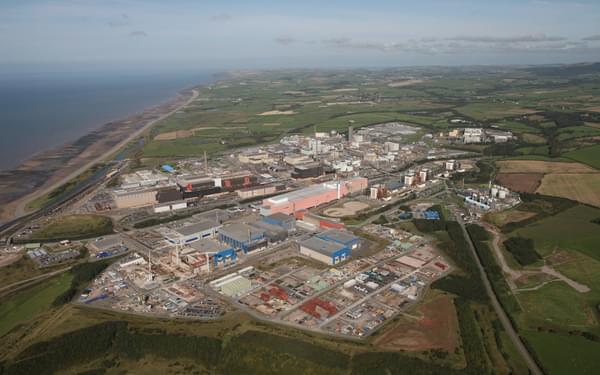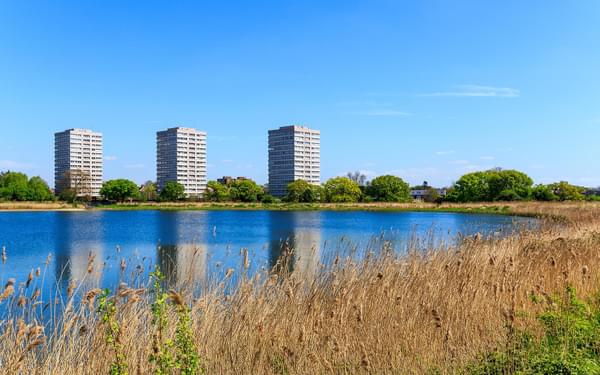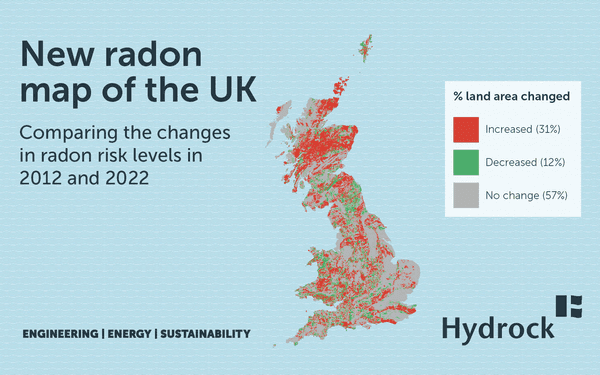Back to Articles
Nutrient neutrality: Muddy waters with a clear solution?
Alex Badek \ 19th Oct 2023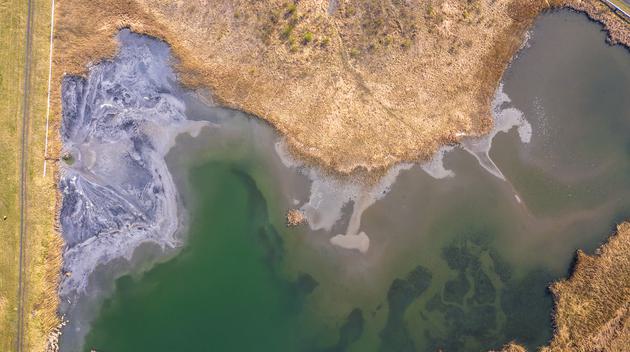
What is nutrient neutrality?
Nutrient neutrality is when a development does not increase the amount of nutrients entering a waterway. This can be achieved through a variety of sustainable drainage systems (SuDS) measures, such as swales, raingardens, bioretention systems, wetlands, and package treatment plants.
However, herein lies the problem: how do we assess and design water quality systems to achieve nutrient neutrality? In the UK, the current methods are rudimentary and fail to provide flexibility which has led to delays and costly solutions.
How do developments achieve nutrient neutrality?
Developments achieve nutrient neutrality by providing a water quality treatment train, which can be a combination of the measures listed above, to ensure the proposed development does not increase nutrients to the receiving system (no net increase of total nitrogen (TN) and total phosphorus (TP)).
Standard approaches to assessing sustainable drainage systems
CIRIA SuDS Manual C753, Design Manual for Roads and Bridges (DMRB) - Highways England Water Risk Assessment Tool (HEWRAT) represent the UK industry standard for assessing the effectiveness of SuDS to mitigate pollutants.
Currently, across the majority of local planning authorities with protected sites the nutrient assessment comprises of a spreadsheet (albeit very detailed) or nutrient calculator accessed from the relevant council’s website. This collates information such as number of dwellings, catchment area, catchment type and soil conditions to determine the resulting nutrient discharges.
The HEWRAT tool (another Excel spreadsheet) helps us to assess the risk of pollution from highway runoff. This collates similar information such as impermeable area for each road catchment, annual average daily traffic (AADT) and rainfall region to generate pollutant concentrations (Step 1).
Information about the receiving watercourse system is input (Step 2) to evaluate the impacts and assess whether mitigation measures are required after dilution and dispersion without active mitigation.
If required, the SuDS mitigation measures (Step 3) are added as a pollutant removal efficiency, expressed as a percentage reduction based on Highways England current understanding of performance efficiencies (in agreement with the Environment Agency). As an example, the expected pollution removal efficiency of a swale is noted to be up to 80%.
This approach to measuring the performance of the chosen SuDS feature is not dissimilar to the CIRIA SuDS Manual C753 Simple index approach, which lists pollution hazard indices for different land use classifications against likely SuDS mitigation indices. For example, the indicative mitigation index of a bioretention system is 0.8 for total suspended solids (sediments).
These tools, however, don't offer much flexibility to vary the different design parameters that we need to design systems that achieve both nutrient neutrality and a cost-benefit balance.
For sites that require a more detailed approach, there’s a significant knowledge gap in how to approach the assessment, with multiple guidelines from different bodies under development.
Is the solution MUSIC to our ears?
In Australia, they use a software program called MUSIC (Model for Urban Stormwater Improvement Conceptualisation) to assess and design water quality systems. It’s user friendly and allows engineers to simulate rainfall and pollution generation, and to design a range of different mitigation measures. It also has a wider range of design parameters to be able to control and size the solution.
For example, for a raingarden (or bioretention system), MUSIC allows the engineer to vary the surface area, filter media depth, filter media type, plant selection, and extended detention depth. These are valuable parameters that impact how effective a raingarden is to remove nutrients, which, in some cases, may exceed the standard pollutant removal efficiency value that’s currently ascribed for raingardens using the UK tools mentioned above.
MUSIC also supports modelling multiple SuDS features in a train, with overflow/connection from one feature to another, providing a more detailed assessment of the overall efficiency of any proposed measures. In this way, solutions can be tailored to site specific constraints to achieve the most effective outcome.
To use this program in the UK it would need to be adapted to the UK climate. While nutrient neutrality is being debated, it’s curious to me that nobody is discussing the technical aspects and the need to have better tools and data to design the solution.
If the UK wants to achieve nutrient neutrality, one thing is clear — we need to design more effective and cost-efficient water quality systems.
While the debate on nutrients continues, imagine a future where our waterways are clean and healthy — one where fish can thrive and ecosystems are flourishing.
This is the future that better designed water systems can create.
